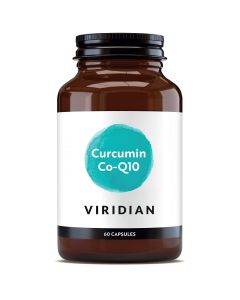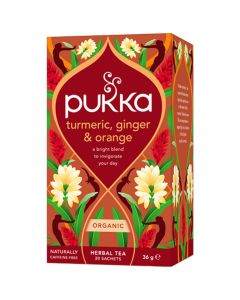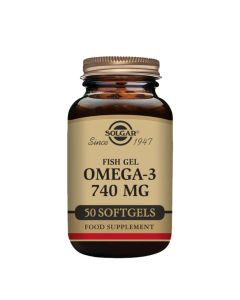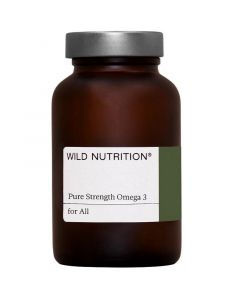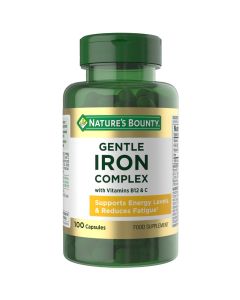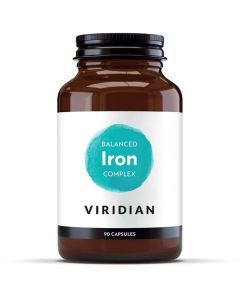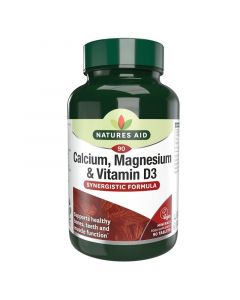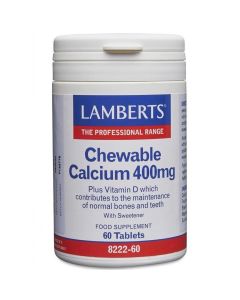
Diet & Arthritis: Best & Worst Foods
There is no cure for arthritis, but changes to your lifestyle and diet can offer relief from symptoms and help to minimise flare-ups. To help those living with arthritis, we've created this guide looking at how nutrition impacts your health, and the best and worst foods for arthritis.
The Importance Of Diet For Those Living With Arthritis
A balanced diet is important for everyone. But for those living with arthritis, it can form a key part of the management strategy for dealing with arthritis symptoms.
Types Of Arthritis
Now, it is worth noting there are multiple types of arthritis. The most common types of arthritis are osteoarthritis and rheumatoid arthritis. Other varieties include:
Common Symptoms
There are common symptoms present in all types of arthritis. They can occur in any or all joints around the body, in wrists, elbows, fingers, toes, or anywhere else in the body.
Common joint symptoms include:
- swelling (due to inflammation)
- redness
- pain
These common symptoms can be reduced with diet management, along with other doctor recommended treatments, like medication. It's not a one or the other approach, it's about the combined impact of these methods of minimising flare-ups in arthritis.
A Balanced Diet Is Nutritionally Varied
A balanced diet includes vitamins, minerals and other essential nutrients. Ideally we would get this from food but that can be difficult since produce quality varies, availability of a range of foods can be limited and people may not have the financial means to afford the best-quality food. Plus allergies, intolerances and dietary choices can all impact what foods we consume and what nutrients we get.
Looking to non-food sources, such as supplements, is sometimes the best way to get all the nutrients you need. For example, there are foods that contain vitamin D, and we can get vitamin D from the sun. But the amount of vitamin D in foods, like salmon and sardines or dairy products, are so low it's hard to get enough from them alone. In the UK, there is limited sun, particularly in winter, so vitamin D supplements are recommended for all children and adults.
For those living with arthritis, using nutritional supplements can not only help to maintain good overall health but alleviate the symptoms of their arthritis.
Best Foods For Arthritis
There is limited evidence of the link between specific foods or nutrients and arthritis, though there is some research that indicates where benefits might be found.
Turmeric & Curcumin
Turmeric contains curcumin, which makes it a natural anti-inflammatory. Since inflammation is one of the most common symptoms of arthritis, leading to swollen and sore joints, including turmeric and curcumin in your diet may offer some relief.
There are limited studies on the impact of turmeric on arthritis. Some studies on osteoarthritis and rheumatoid arthritis have shown signs that pain, swelling and other common symptoms were reduced when tumeric was taken regularly.
How To Get Turmeric & Curcumin Into Your Diet
You can cook food with ground turmeric or make tea from turmeric root. You can also take turmeric and curcumin supplements if you don't enjoy the flavour of turmeric. Some products we'd recommend are:
Fish Oils & Omega-3s
Fish oils contain lots of valuable nutrients, such as vitamin A and vitamin D. They also contain some nutrients that are not often found in other foods, namely: Omega-3 fatty acids. The two key types of omega-3s are: Eicosapentaenoic Acid (EPA) and Docosahexaenoic Acid (DHA).
Omega-3s help to dampen inflammation, reducing joint pain and swelling in those living with arthritis. Fish oils also help to lower blood pressure and improve heart health.
How To Get Fish Oils & Omega-3s Into Your Diet
Eating two portions (around 140g) of oily fish per week will be enough to get omega-3s into your diet. There are lots of types of oily fish to choose from, such as: sardines, mackerel, herring, fresh tuna, salmon, and the darker flesh of snapper.
If you are vegan or not a fan of fish, you can use omega-3 supplements. We would recommend:
Iron
Iron is important for maintaining a strong immune system. A lack of iron can lead to iron deficiency anaemia, which can cause a range of symptoms from brittle nails and hair loss to heart palpitations and mouth ulcers.
For those living with arthritis, iron deficiency anaemia is more likely, particularly in those with inflammatory types of arthritis like rheumatoid arthritis and psoriatic arthritis. Iron deficiency anaemia is more likely because arthritis medications and flare-ups can impact how well your body is able to absorb iron.
How To Get Iron Into Your Diet
Foods that contain a lot of iron include:
- Red meat
- Fish
- Poultry
- Beans and peas
- Dark green vegetables
Iron can also be attained with supplementation. Iron supplements are available with the single mineral but are also available combined with vitamin C. This is because vitamin C helps your body to absorb iron. If you are struggling to get iron into your system, one of these combined supplements is a good idea. You may see it listed in the ingredients as 'ascorbic acid'.
We recommend:
Calcium
It's relatively well known that calcium helps with strong bones and teeth. A lack of calcium can lead to osteoporosis but is not directly linked to osteoarthritis. However, calcium can help to reduce the symptoms of arthritis by supporting and strengthening the bones and joints.
How To Get Calcium Into Your Diet
There are quite a few foods that contain good amounts of calcium so there are plenty to choose from. Readily available sources of calcium include:
- low fat milk
- yoghurt
- cheese
- green leafy vegetables
- almonds
- oily fish
You can also get calcium supplements if you aren't able to consume calcium rich foods, due to allergies or following a vegan diet. We recommend:
Worst Foods For Arthritis
There are no foods that explicitly make arthritis symptoms worse. However, because of allergies and intolerances, those living with arthritis may find that certain foods contribute to flare-ups and avoiding them can help to minimise symptoms.
The best way to figure out what is impacting you as a person living with arthritis is to start a food diary, noting what you are consuming and when, along with recording your symptoms and the severity level. This way, you can look back and see if there is correlation between eating certain foods and flare-ups.
You may find that sharing this with your doctor helps them to identify links you aren't able to see.
Foods People Are Commonly Allergic Or Intolerant To
Citrus fruits
For most people, citrus fruits are a great source of vitamin C and other vital nutrients that help you maintain good overall health. But there are some people who are allergic to ingesting citrus as well as touching the peel.
An allergy will show up as skin redness, perhaps a burning feeling on the skin, extreme itching and blisters.
Nightshades
Nightshades are a common group of foods, though they aren't often referred to as nightshades. Popular nightshades include potatoes, tomatoes, aubergines and peppers.
Common symptoms of a nightshade allergy or intolerance are: hives, nausea, vomiting and achy muscles and joints.
Gluten
Gluten is in a lot of foods, namely bread, pasta and cereals. An intolerance to gluten may show as stomach discomfort or bloating after eating. A true allergy to gluten, or coeliac disease, will cause symptoms such as diarrhoea, constipation, abdominal pain and fatigue.
If you suspect you have an allergy or intolerance, speak to your GP.
Disclaimer
The products offered are not intended to diagnose, treat, cure, or prevent any illness or disease, or replace the advice of a medical professional. Results are not guaranteed and may vary from individual to individual.

